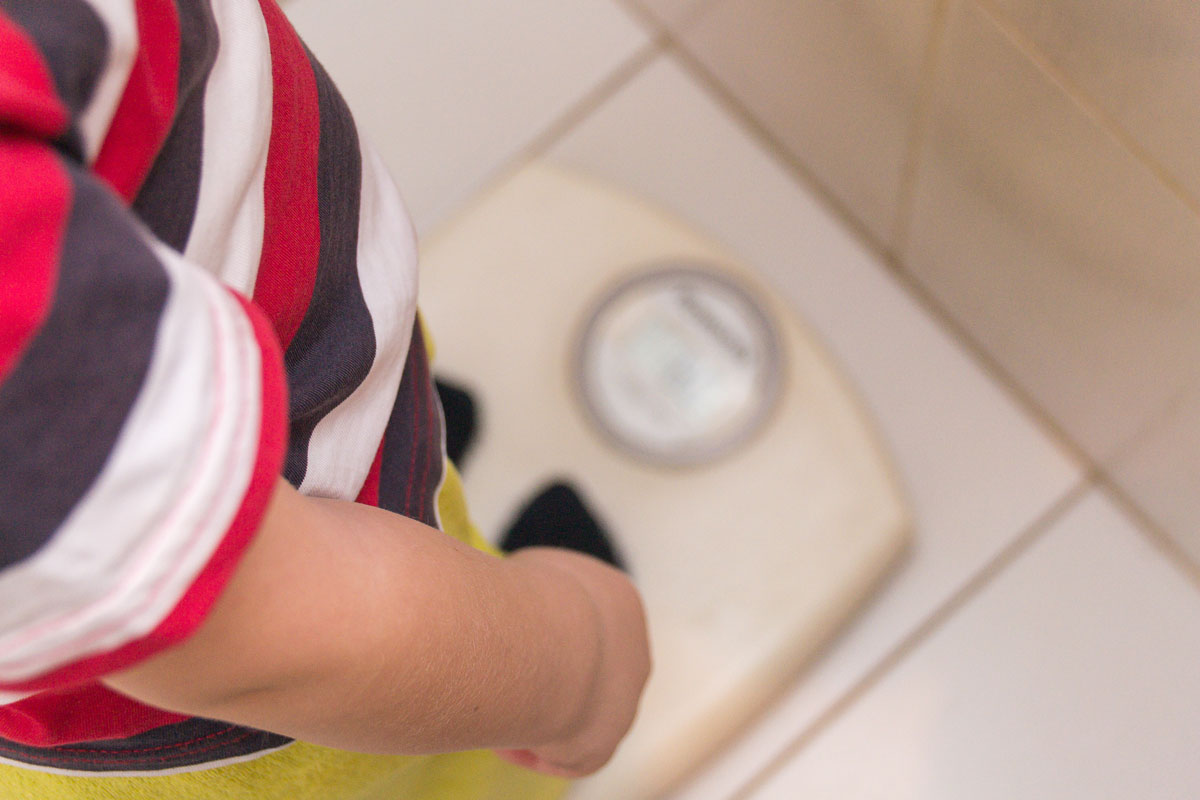INDIANAPOLIS — Researchers at the Indiana University Indianapolis Fairbanks School of Public Health have released updated findings that track childhood obesity trends through 2023, revealing that the pandemic-era surge in obesity rates among central Indiana children has not significantly reversed.
The new data, drawn from nearly 400,000 additional patient encounters in 2023, offers the most comprehensive picture to date of childhood obesity trends across Boone, Hamilton, Hendricks, Marion, Hancock, Morgan, Johnson and Shelby counties. The study, funded by Jump IN for Healthy Kids, now includes data from January 1, 2014, through December 31, 2023.
The analysis shows that childhood obesity spiked during the COVID-19 pandemic, peaking in 2021. Although some demographic groups have seen modest declines since, overall rates remain high. The 2023 data indicate a slight increase from the previous year, underscoring the slow pace of recovery to pre-pandemic levels and the significant variation in outcomes across racial, ethnic and age groups.
“Adding another year of data strengthens our ability to monitor trends and reinforces the urgency of addressing childhood obesity,” said Thomas Duszynski, PhD, assistant professor at the Fairbanks School and an affiliated research scientist at the Regenstrief Institute. “The small changes we see from 2022 to 2023 reflect the long-term challenge of reversing pandemic-era gains.”
The updated report draws from Indiana’s Health Information Exchange, which aggregates electronic health record data from major health systems including IU Health, Eskenazi Health, Ascension St. Vincent, Community Health Network and others. With over a decade of clinical data collected through measured height and weight, this study offers an accurate surveillance system to understand obesity prevalence.
“Jump IN has worked for years to make this kind of ongoing data collection possible,” said Julie Burns, CEO of Jump IN for Healthy Kids. “Now that we have consistent, high-quality data, we can better design, implement and evaluate programs to reduce childhood obesity and address the health disparities that contribute to it.”
Key findings include:
- Obesity remains significantly higher than pre-pandemic levels, with 1 in 5 children aged 2 to 19 affected.
- Marion County continues to report the highest rates among both males and females.
- Data from 2023 show small but meaningful shifts in some groups, suggesting that different populations of children are affected by different environmental and social factors, and each may require a tailored approach.
While the report uses actual clinical measurements and benefits from a large sample size, researchers note that the data reflect only those children who accessed healthcare services during the study period. Additionally, demographic classifications combine race and ethnicity in ways that may not fully capture the variety of identities within the population.
“These changes can indicate that different populations of children are impacted by different environmental factors,” said Duszynski. “We’re looking at structural influences, where kids live, learn and play, that affect their health.”
The findings highlight the urgent need for evidence-based, targeted interventions.
“We must continue investing in community-level strategies that address the complexity of obesity,” said Duszynski. “This report gives us the foundation to do that work smarter and more effectively.”
Jump IN has secured funding to continue this data collection through 2026.
View the full report:Weight Trends Among Children and Adolescents Within Central Indiana


